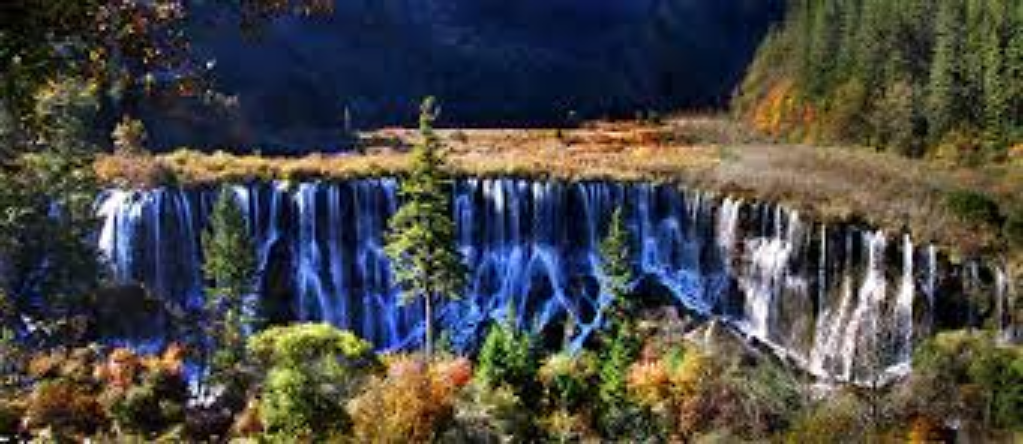
Interesting Facts about Jiuzhaigou National Park
Origin of the Name "Nine Village Valley"
Jiuzhaigou literally means “Nine Village Valley” and is named after the nine Tibetan villages scattered throughout the park. These villages, nestled amidst the breathtaking scenery, are:
| Village Name | Tibetan Name | Location |
|---|---|---|
| Heye | ཧེ་ཡེ་ | Entrance of Rize Valley |
| Rexi | རེ་ཞི་ | Rize Valley |
| Shuzheng | ཤུ་བཞེངས | Shuzheng Valley |
| Zechawa | གཟེ་བ | Zechawa Valley |
| Jianpan | ཅན་པན | Zharu Valley |
| Panya | པན་ཡ | Zharu Valley |
| Yana | ཡ་ན | Zharu Valley |
| Guodu | དགུ་འདུས | Zharu Valley |
| Zhongcha | ཞོང་ཆ | Zharu Valley |
These villages are not merely geographical locations; they are vibrant communities steeped in history and tradition.
A Glimpse into the Past: 3,000 Years of History
Evidence suggests human presence in Jiuzhaigou dating back 3,000 years. This rich tapestry of history is woven with the lives and legacies of various ethnic groups, primarily the Tibetan and Qiang people. Their ancient customs and beliefs continue to shape the cultural landscape of the park, offering visitors a unique glimpse into a world often untouched by modernity.
Living Traditions of the Local People
The local people of Jiuzhaigou, primarily of Tibetan origin, have preserved their traditional way of life for generations. This cultural heritage manifests itself in various captivating aspects:
- Traditional Clothing: Vibrant and distinctive, reflecting their unique cultural identity and connection to the land.
- Cuisine: Utilizing locally sourced ingredients, their dishes offer a delicious journey into Tibetan flavors and culinary traditions.
- Festivals: Celebrating their cultural heritage and spiritual beliefs with vibrant dances, music, and centuries-old rituals.
- Religious Practices: Predominantly Tibetan Buddhist, their faith is deeply intertwined with their daily lives and reflected in the numerous monasteries and religious sites scattered throughout the park.
FAQs about Jiuzhaigou National Park
**Q1: What is the best time to visit Jiuzhaigou National Park?**
A: Autumn (September-October) is generally considered the best time to visit, as the foliage transforms into a breathtaking tapestry of vibrant colors.
**Q2: Are there any accommodations available within the park?**
A: While staying overnight inside the park is restricted, several hotels and guesthouses are located just outside the park's entrance.
**Q3: What are some other activities to enjoy in Jiuzhaigou besides admiring the scenery?**
A: Beyond the stunning natural beauty, visitors can engage in activities like hiking, horseback riding, and experiencing the local Tibetan culture through village visits and cultural performances.